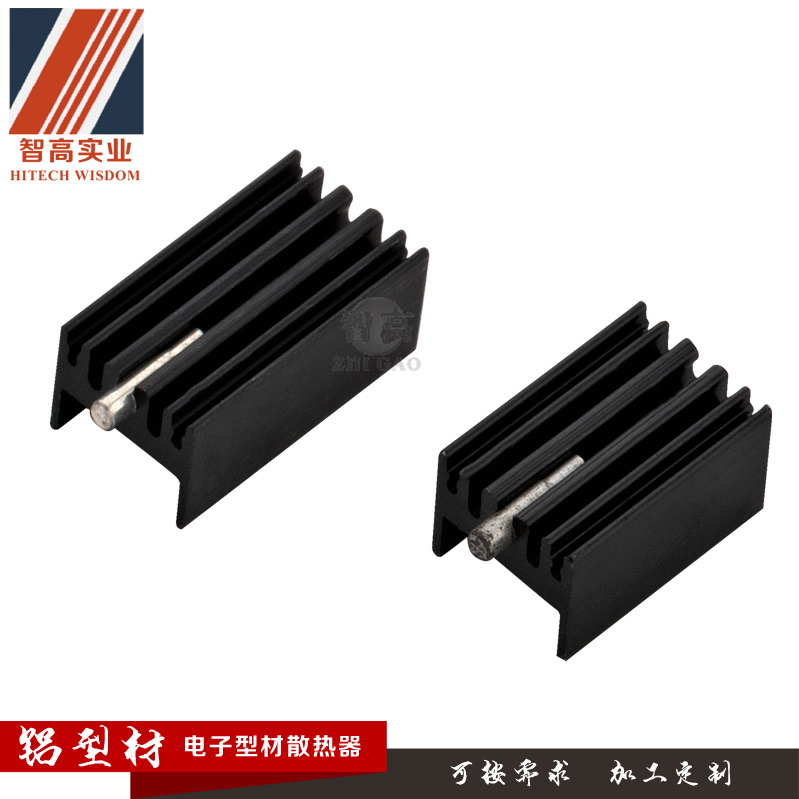

Air cooling is the most common electronic cooling (heat dissipation) method. Usually equivalent to a fan, air cooling includes forced and natural convection. A very simple example of air cooling is the use of electronic radiators, which conduct heat from the heat source to the surrounding air. More complex air cooling thermal solutions will include blowers, pulse jets, and even air heat exchangers.
Natural convection heat sink and heat sink
Devices with lower power and heat density can be passively cooled by natural convection. The heat is transferred from the heat source to the surrounding air through the electronic radiator, and then the buoyancy force carries the hot air away from the device. The performance of these solutions relies heavily on geometric design to optimize the effects of conduction and buoyancy.
The structure and manufacturing method of an electronic heat sink depends on the type, layout and heat load of the heat sink. Stamped heat sinks have a variety of shapes and sizes to suit specific equipment with low thermal load. Devices with higher thermal loads usually require larger heat sinks composed of bases and fins. The traditional base and heat sink used for natural convection are designed to have a wider heat sink gap to optimize the buoyancy effect, and are made of solid metal sheets, generally made of aluminum heat sink (manufactured by extrusion or cutting) to achieve better Good heat conduction.
Dongguan Zhigao Industrial Co., Ltd. specializes in processing aluminum automotive power amplifier radiators, electronic radiators, aluminum home audio radiators and aluminum LED radiators. Welcome to order.